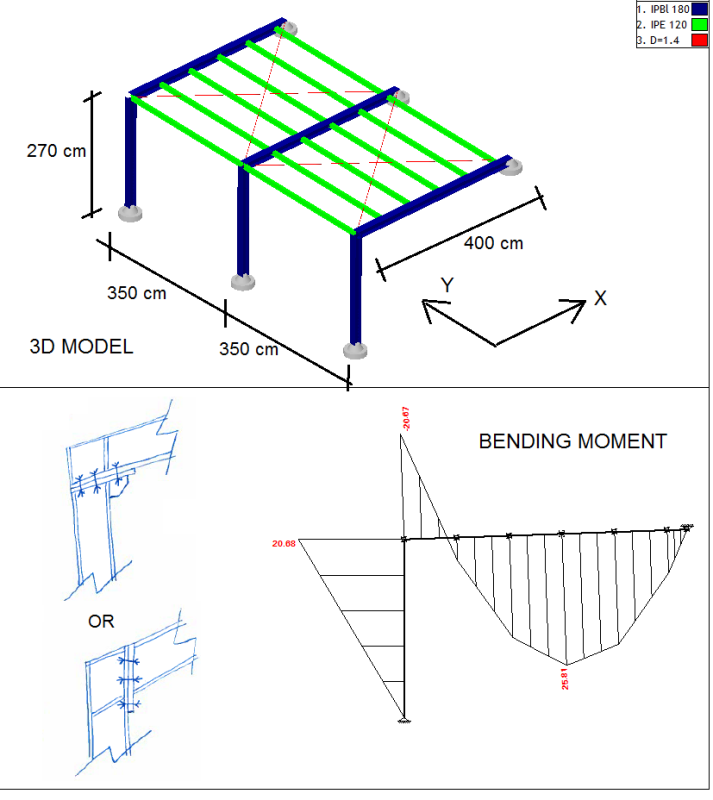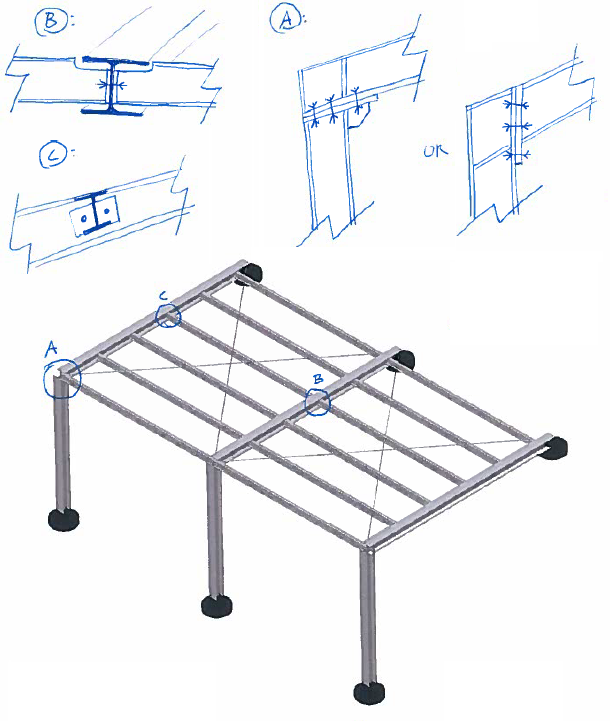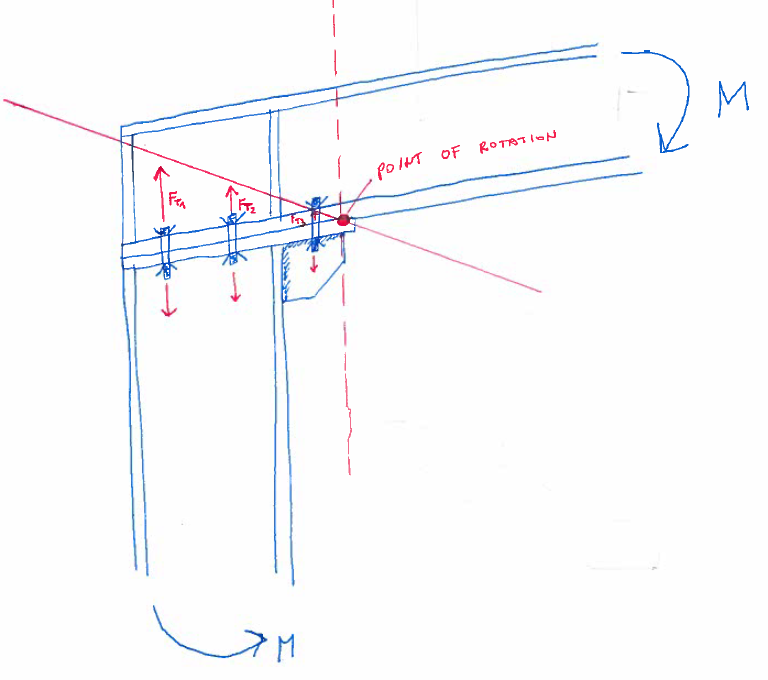n3jc
Civil/Environmental
- Nov 7, 2016
- 189
Hey guys, i need a little help with this.
Im wondering which moment connection should I choose and why.
All other connections in a model are considered as pinned.
Im also open for other type of connection if you think it would be better.
Steel construction is supported / braced in X directions by existing building.
In Y direction it is braced by steel bars (roof plane).


Im wondering which moment connection should I choose and why.
All other connections in a model are considered as pinned.
Im also open for other type of connection if you think it would be better.
Steel construction is supported / braced in X directions by existing building.
In Y direction it is braced by steel bars (roof plane).





